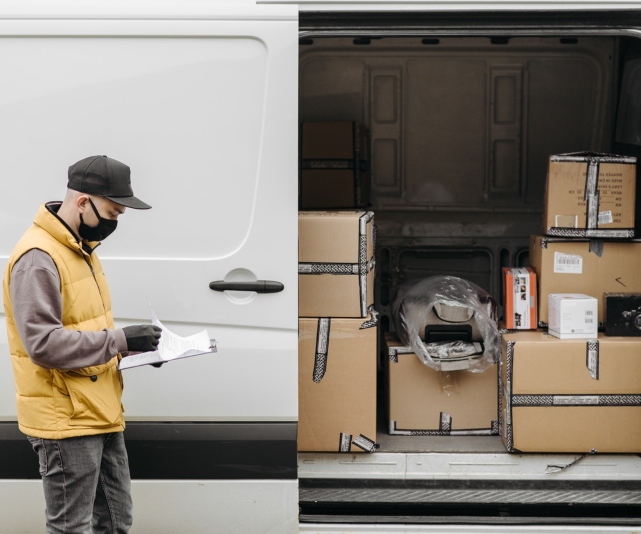


1 April, 2022
The rapid rise of returns culture has serious sustainability implications, as highlighted in a recent Atlantic article.
E-commerce is the fastest growing segment of the retail market in Europe, with combined e-commerce sales in Western Europe exceeding £347 billion in 2021. Pandemic restrictions and supply chain shortages have further accelerated online shopping’s popularity. As many retailers offer free returns for online purchases, this has also led to a rise in ‘bracketing’ — buying multiple products with the intention of sending some back — which has become so common that 15-30% of items bought online are returned.
‘Bracketing’ multiplies packaging emissions, as more products are packaged for delivery than needed. Processing online returns is logistically challenging, and every returned package leaves a trail of transport emissions. Furthermore, it can cost up to twice the original production cost to process an online return and prepare it for resale. While items packaged correctly and undamaged on the return journey can eventually be resold, this represents a tiny fraction of returns, and many retailers don’t allow opened product to be resold as new, to maintain quality standards.
One potential solution is to donate returned items locally. However, many companies avoid large-scale domestic donations due to fears of ‘brand dilution’ – the concern than customers may view products as less valuable if they them given to others for free. Online returns have created an entire secondary industry based around either renovating returns and selling them at a discount on the secondary market, or dissembling items so some parts are repurposed, and the rest destroyed.
Innovative responses to this challenge are good, but avoiding over-ordering products in the first place is even better. Awareness of the environmental and financial implications of ‘bracketing’ is increasing. Online retailers increasingly offer more detail on item sizes, online sizing charts, and pictures of items to reduce the need for customers to order multiple items. So next time you’re shopping online, remember every package you order comes with a carbon cost.
By Miriam Shovel